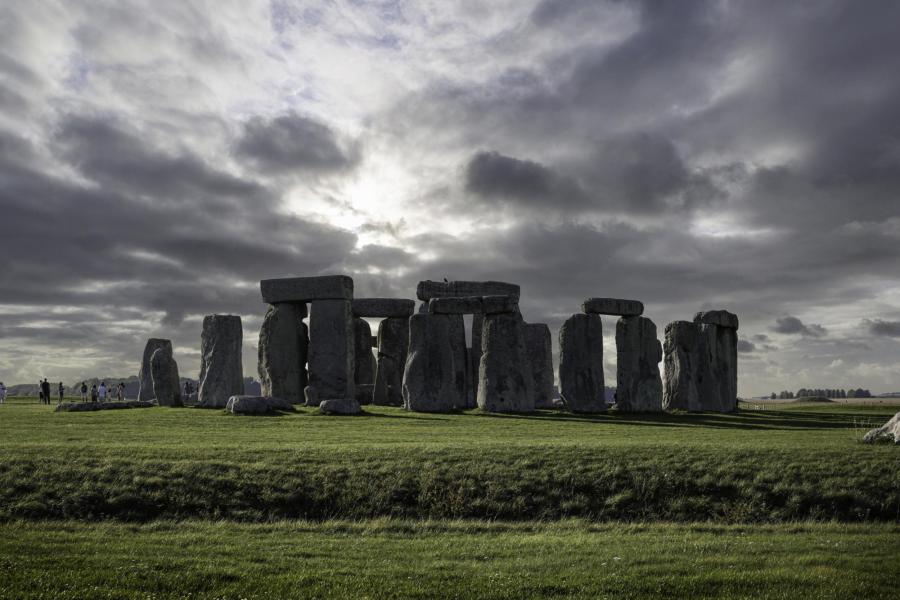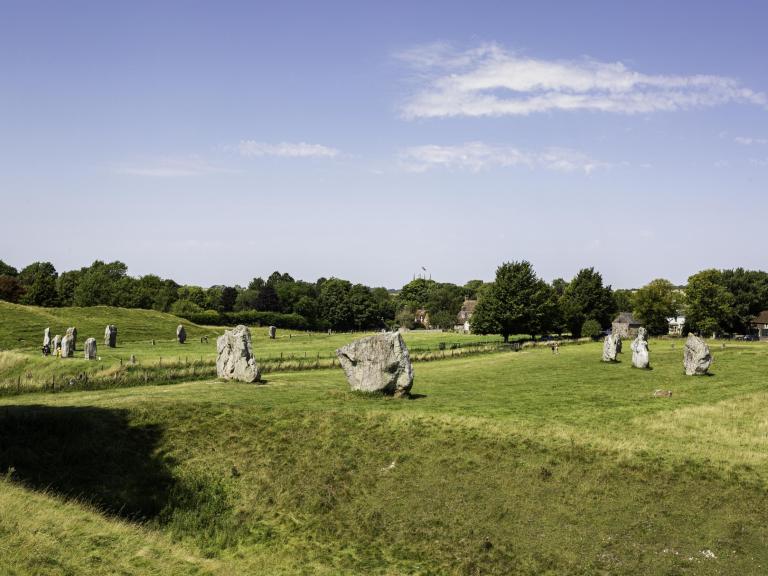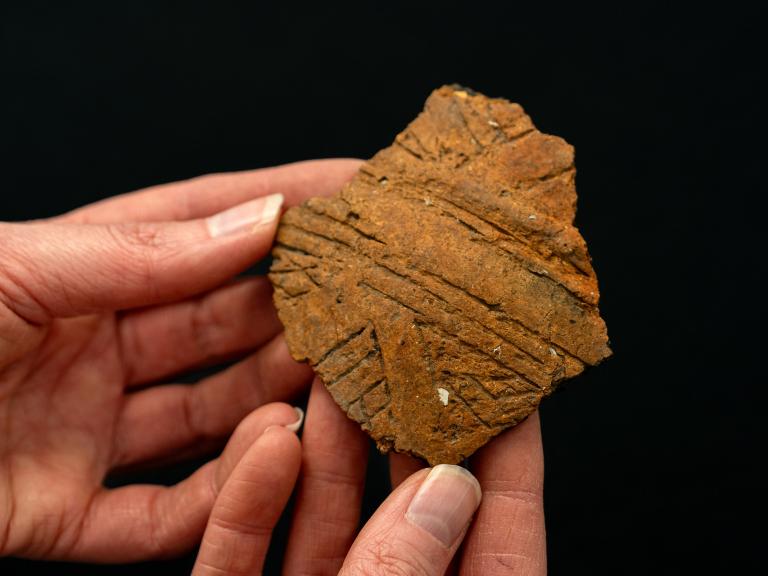A world of human endeavour
This month, I was lucky enough to be among the group of people invited to the British Museum to attend the opening of the spectacular World of Stonehenge exhibition. It’s a remarkable fact that this is the first time that Stonehenge has been the focus of an exhibition of this kind in London – long overdue, then, but worth the wait.
It’s an amazing exhibition, so full of incredible objects that it’s almost impossible to know where to look. A flock of stone axes wings across one wall. A pair of ghost oxen haul the wreck of a wagon. Seahenge stands gnarled and awesome in the gloom. Everywhere, beautiful carved and decorated objects of stone, wood, metal and bone astonish with the creative genius of generations of our ancestors.



Remarkable things in a remarkable exhibition, but the displays also remind us how lucky we are to have some of these things at all. The Nebra Sky Disc – one of the centerpieces of the whole event – owes its continued existence to an operation worthy of a six-part crime drama. Others – like the beautiful if battered gold cup from Ringlemere in Kent – came to light by chance, brought to the surface on the share of a plough. Most, though - from the Burton Agnes drum to the Stainton West trident, the Larkhill quern to the Must Farm pots, the Amesbury Archer to the Bulford bird talons - are the result of careful excavation undertaken by professional archaeologists as an important part of the UK’s planning process. Recent work of this sort – much of which is currently on display in the British Museum – has added more to our knowledge of Stonehenge, its World Heritage Site and its world, than we had imagined could still wait to be discovered in this landscape which – as Mike Pitts put it in a recent editorial – must be as thoroughly researched as any ancient site in the world.
It becomes clear pretty quickly that these objects more than live up to the promise of the exhibition’s name. There is a whole world of human endeavour here, and not only the magic and glamour and show of the gold and amber and other precious objects. Nestled in the cases among the treasures are simpler, more modest things: a large slab of limestone that some of the first agriculturalists in the Stonehenge region used to grind grain, the pots that held their food, the tools that people used in their everyday lives. A 6000-year-old elm leaf looks to have fallen from its tree that morning. It’s some of these things that are the most moving; the small, intimate, ordinary objects that were a part of people’s everyday lives millennia ago.
Some of those people are here, too. In one remarkable display from Wennungen, Germany, a woman is buried with a baby swaddled in a sling decorated with the teeth of over 50 dogs. In another, the famous Folkton Drums are on show alongside their recently-discovered counterpart from Burton Agnes. The Burton Agnes drum came from a grave in which three children lay in each other’s arms.
We know that more awaits discovery. Recent work ahead of the A303 Stonehenge road scheme has showed us that the landscape around Stonehenge still has things to tell us about the cultural richness of our ancestors’ worlds. It’s the day-to-day picture of how those people lived and died – the things that would have been familiar to them on an intimate, daily basis – that we’re learning about now. These are the things that make the gold and magic make sense, the broad cloth to carry the embroidery. Like a set of pots from Must Farm, understanding of Stonehenge and its world nest inside each other: the site, the World Heritage Site, its environs, Wiltshire, England, the north-west European archipelago… Each of these adds to the overall knowledge of the whole, but some are much better studied than others. How much more might we hope to learn about all of them should the A303 scheme go ahead?
Dr Matt Leivers
A303 Stonehenge Consultant Archaeologist


